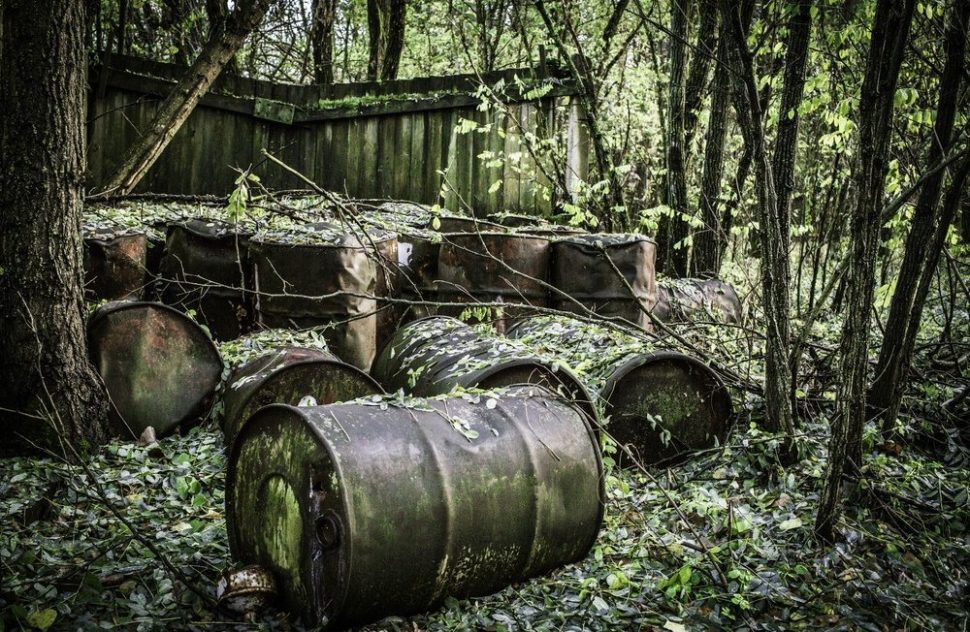Given that it takes millions of years for nuclear waste to lose its radioactivity, storing it safely has proven nearly impossible. While much of the waste is put into landfills, the possibility of contaminating the water table of an area precludes this as a possible measure against the byproduct of nuclear power.
One scientist, Ashutosh Goel, discovered a way to immobilize radioactive waste using ceramics, and this may lead to the completion of a cleanup project that is almost thirty years old.
Inventing Unique Solutions for Radioactive Waste Disposal
Goel is an assistant professor of Rutgers University‘s Department of Materials Science and Engineering. He is credited with inventing a method to immobilize iodine using ceramics at room temperature. This isn’t Goel’s first attempt at using the unique properties of ceramics to solve a problem. Having earned a doctorate in glasses and glass-ceramics from the University of Aviero in Portugal, Goel currently has his hand in at least six well funded, glass-related research projects.
Using ceramics to immobilize the radioactive wastes keeps them from entering air and water, which can, in turn, allow us to store the material without it harming the environment. This is imperative, as the waste will remain radioactive for millions of years, 15.7 million years for iodine-129, in fact.
Goel’s research is being put to good use by the U.S. Department of Energy (DoE), which is funding his efforts in order to help clean up 45 years worth of nuclear weapon production. According to the DoE, the biggest challenge is the Hanford site, which houses around 56 million gallons of radioactive waste. As many as a third of the tanks containing this waste may be leaking, and Goel’s technique may allow those leaks to be contained for the foreseeable future.
According to Goel, he’ll have more to deal with than just iodine-129. He describes the DoE waste as containing “almost everything in the periodic table”. Furthermore, he notes that the waste they are focusing on is already underground, and it must be immobilized. Goel is hopeful, however, as he has developed different types of glass radioactive shielding.
“Just as cave drawings depicted early life, simple pictographs can warn even a primitive mind that whatever lies below isn’t worth digging up.”
Are we Making This a Problem for Future Generations?
Goel’s invention is a welcome relief to our immediate nuclear waste cleanup needs, but that is the solution to a present problem. Even immobilized in glass, these materials will take millions of years to become benign. Who is to say what humanity will be like if it survives those millions of years. We can assume that our languages will be obsolete by that time, so how do we keep this monster locked away after we’re no longer there standing guard?
One simple answer is pictographs. Just as cave drawings depicted early life, simple pictographs can warn even a primitive mind that whatever lies below isn’t worth digging up. Perhaps sufficiently advanced technology may enable us to leave a long lasting projection of what happens if warnings are not heeded.
However we prepare for future generations, what is clear is that we are solving the problem that exists now. It took many years for a solution to be found, but such a solution may lead to cleaning up one of the biggest environmental bogeymen of the last century, and that is something that the entire world can be grateful for.



















Comments (0)
Most Recent